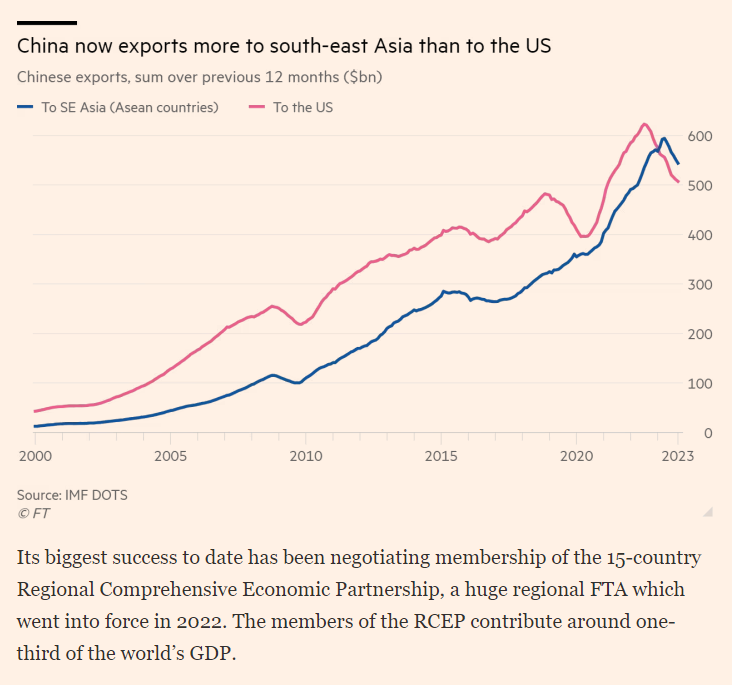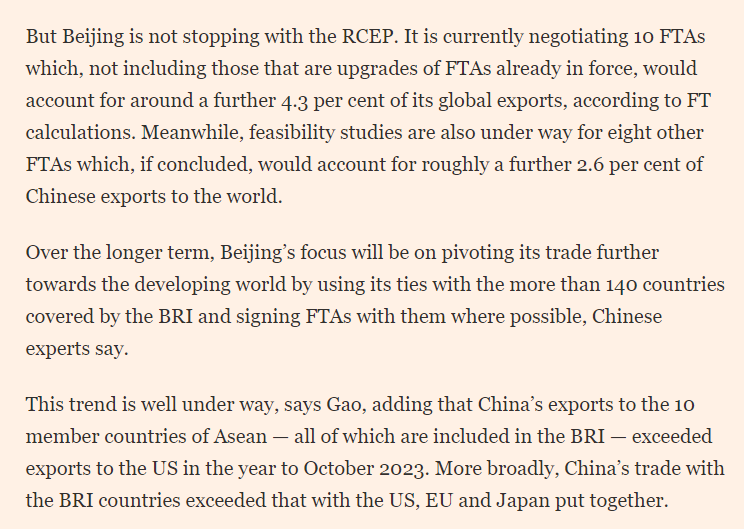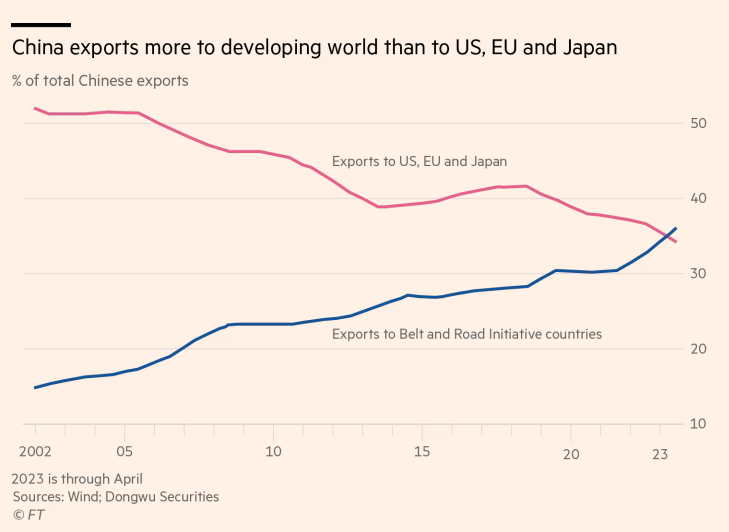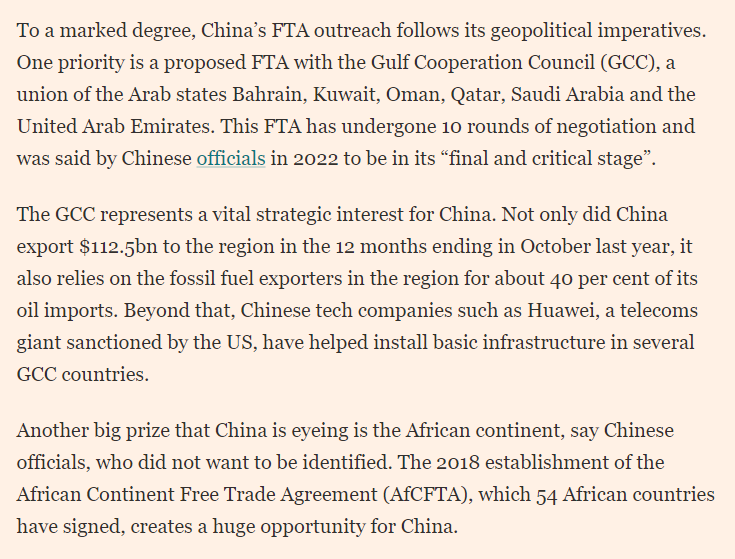views
The more I mull this over, the less likely that even a forced/partial sale of TikTok US is on the cards or even possible.
For a number of reasons.
For a number of reasons.
https://twitter.com/glennluk/status/1769174276559573393
1️⃣ The bill is not specific on what a “ban” means in practice. Is it a ban on App Store / Google Play? Is it an IP ban? Is it a ban on onshore operations?
Without specifics, it is hard for the company to react. Maybe they can live any or all of these.
Without specifics, it is hard for the company to react. Maybe they can live any or all of these.
This puts the onus back on 🇺🇸 regulators to define/enforce what a ban entails.
There may still be time later to negotiate on what those measures mean and maybe this even forces 🇺🇸 to construct a rules-based regulatory framework that makes things more predictable going forward.
There may still be time later to negotiate on what those measures mean and maybe this even forces 🇺🇸 to construct a rules-based regulatory framework that makes things more predictable going forward.
2️⃣ The focus on ownership instead of regulating operations forms a precedent for a reciprocity-based tit-for-tat response down the line.
Many cite reciprocity against 🇨🇳 for past actions like spinning Alipay out of Alibaba.
Many cite reciprocity against 🇨🇳 for past actions like spinning Alipay out of Alibaba.
The key difference here is that TikTok has grown into a $15-20B company. Alipay had minimal revenue at the time of its divestiture.
If ownership were the issue, waiting this long to take action on the basis of ownership can be viewed as an escalation.
If ownership were the issue, waiting this long to take action on the basis of ownership can be viewed as an escalation.
India banned TikTok much earlier, but nobody bats an eye now because it was fairly small in India at the time.
If the ban goes through (and I would expect it will, given how much bipartisan support there is), this opens up the door to a dangerous tit-for-tat response.
If the ban goes through (and I would expect it will, given how much bipartisan support there is), this opens up the door to a dangerous tit-for-tat response.
~60% of Bytedance is held by foreign shareholders, nearly all 🇺🇸 based.
If ownership restrictions are now “on the table”, there are potentially hundreds of billions of market value here at stake.
If ownership restrictions are now “on the table”, there are potentially hundreds of billions of market value here at stake.
Just like it would be fairly easy to execute a ban in the 🇺🇸, it would be fairly trivial for 🇨🇳 to put into effect new rules that focus on foreign ownership limits and force a partial sale of the foreign ownership position in Bytedance.
Will 🇨🇳 do it? I have no clue. But it is not hard to do.
e.g. deem Bytedance a foreign entity based on ownership; Alipay precedent - force-sell Duoyin and TikTok assets to a new entity with no foreign shareholders with “Stub Bytedance” retaining 20% (new ownership limit).
e.g. deem Bytedance a foreign entity based on ownership; Alipay precedent - force-sell Duoyin and TikTok assets to a new entity with no foreign shareholders with “Stub Bytedance” retaining 20% (new ownership limit).
It may not even be perceived as escalation by third-party observers / RoW, if the market value lost from a 🇺🇸 ban is offset the transfer of value out of “Stub Bytedance”.
Hence the danger with setting this ownership focused precedent.
Hence the danger with setting this ownership focused precedent.
3️⃣ Adjusting to a ban (whatever form that takes) may be the easiest, operationally speaking, to execute for Bytedance/TikTok
No technology, assets or people to separate and transition to a newly formed company (although some in the U.S. likely lose their jobs).
No technology, assets or people to separate and transition to a newly formed company (although some in the U.S. likely lose their jobs).
TikTok also removes uncertainty overhang and can focus squarely on the rest of the world ex-US / ex-iOS.
This if anything sharpens strategic focus going forward.
This if anything sharpens strategic focus going forward.
4️⃣ Notwithstanding the likely scenario that China can and will block the transfer of technology from TikTok … handing over the core tech to a new player just creates a direct competitor.
There may be non-competes in place for a period of time but it should be expected that at some pt this new competitor (whether independent or part of larger Internet company) will go after its markets w/ unrestricted markets advantage (U.S. and likely India).
• • •
Missing some Tweet in this thread? You can try to
force a refresh









